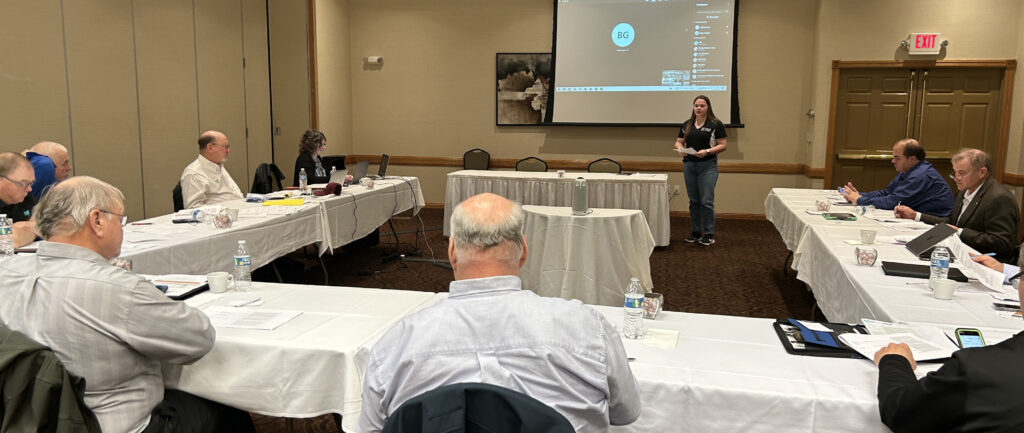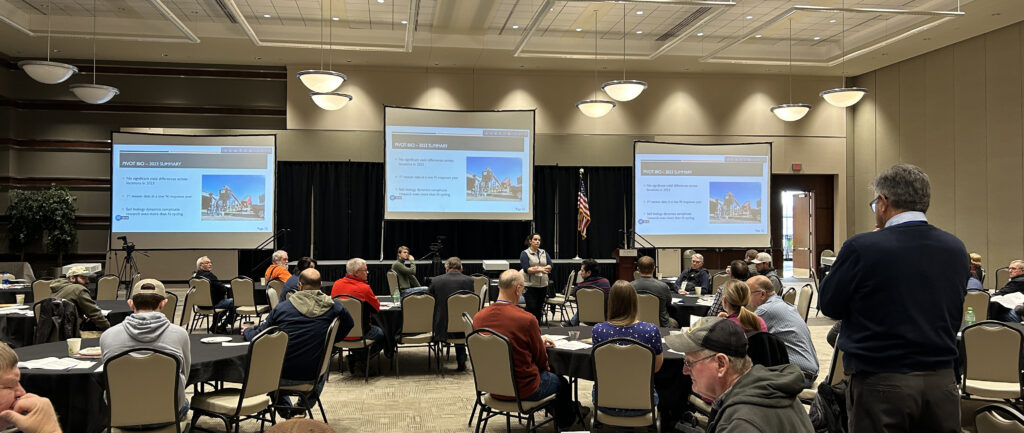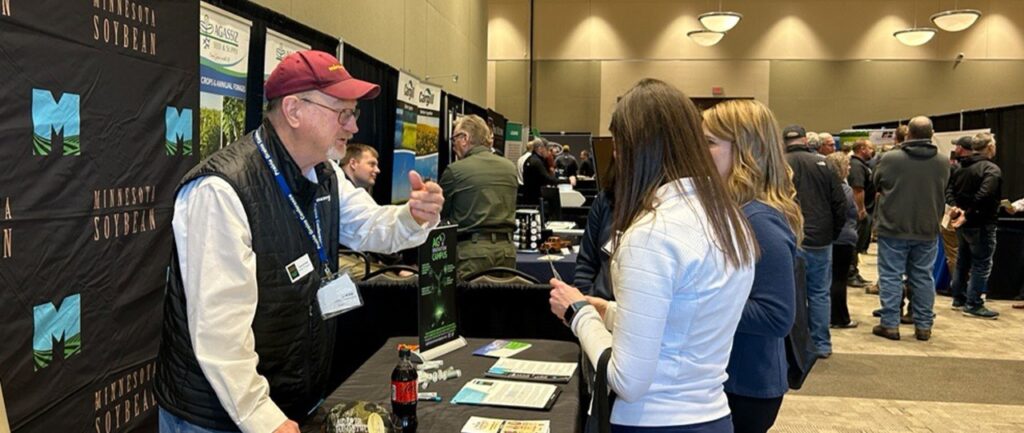August’s end is nigh, and harvest is around the corner. As your crop matures your chemical options narrow. Pre-harvest Interval (PHI), or rather the abuse of it, has the potential to affect everyone’s pocketbook.
Just what is pre-harvest interval? According to the National Pesticide Information Center, “The pre-harvest interval is the wait time between a pesticide application and when a crop can be harvested.” This will allow the chemical to degrade sufficiently to levels equal to or lower than the tolerances set by the Environmental Protection Agency. These levels are also part of many trade agreements and, if exceeded, can easily disrupt soybean trade between nations.
First, some background. During early 2010, the government of Japan:
- sent a bunch of cargo containers full of food-type soybeans back to Canada, due to a too-high pesticide residue in several such Canada-origin soybean shipments in a row.
- then initiated a program (i.e., allowed under the WTO’s frequent violator provision) of 30 percent ongoing testing for that pesticide/residue on “only Canada-origin soybeans and processed product made from Canada-origin soybeans.”
NOTE: If the violative soybeans all came from a single (Canadian) exporter, the testing rate goes to 100 percent for that exporter’s shipments.
Only after a full year of such elevated rate residue testing of incoming Canada-origin soybeans (with no more “fails”) will the Japanese government go back to the normal rate of randomly testing 3 percent of incoming Canada-origin soybean shipments.
Meanwhile, the fight against soybean aphid continues in Minnesota. University of Minnseota Soybean Entomologist Bob Koch recommends scouting through growth stage R5, into R6. Apply an appropriate insecticide only if threshold level (250+ aphids per plant on 80% of plants sampled) is met or exceeded. Remember, PHI ranges from 18-45 days on currently labeled insecticides for control of soybean aphids. Bifenthrin has a PHI of 18 days, however, multiple populations of soybean aphids have been found to be resistant to this chemical.
The pre-harvest interval will be found on the product label. However, there may be some grey area. Most herbicides have a PHI exceeding 30 days, according to Aaron Hager, Extension Weed Scientist at the University of Illinois. Hager does note glyphosate can be used as a harvest aid, with a 14 day PHI.
Harvest aid, essentially leaf desiccation, is a common use of some herbicides in much of the southern United States. There is additional advantage of reducing seed production of some escaped weeds, something that might prove useful in the battle against herbicide resistant weeds here. However, UMN Extension Educator Jared Goplin believes harvest aids may be more useful dessicating late emerging leafy weeds, thus increasing combine harvest efficiency. NDSU Agronomist-Weed Specialist Jeff Stachler states, “Pre-harvest intervals for Aim, glyphosate, Clarity, and paraquat is 3, 7, 14, and 15 days after application, respectively.” The Asgrow list is similar to the NDSU harvest aid list but includes SharpenTM. In all cases, check your label for PHI instructions.
Harvesting the crop before the PHI has been attained is illegal. These PHI’s have been tested to minimize pesticide residue found on soybeans, allowing you to market a safe product to your customers.
If you have questions regarding the legal use of any regulated product, contact your local Minnesota Department of Agriculture, Ag Chemical Inspector 2018.
This soybean season is rapidly coming to harvest. You will still have a multitude of decisions to make. Remember the details, like PHI, count.
Relevant literature:
http://npic.orst.edu/health/phi.html
https://agfax.com/2018/08/10/minnesota-soybeans-late-season-soybean-aphid-management
https://www.ag.ndsu.edu/cpr/weeds/preharvest-application-to-soybean-9-13-12
http://www.aganytime.com/Documents/ArticlePDFs/SoybeanHarvestAids.pdf
http://blog-crop-news.extension.umn.edu/2016/08/some-things-to-consider-with-late.html
https://extension.entm.purdue.edu/pestcrop/2012/issue20/index.html#late
Minnesota Soybean Director of Market Development Kim Nill contributed to this report.







